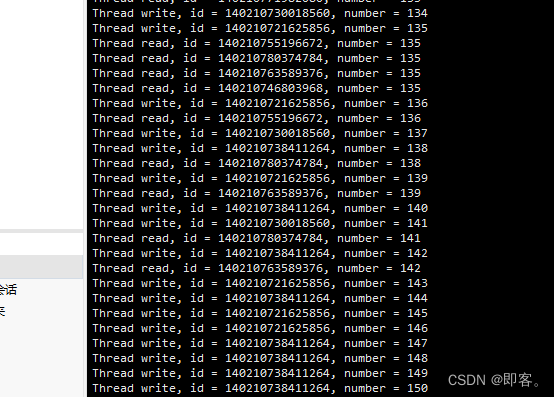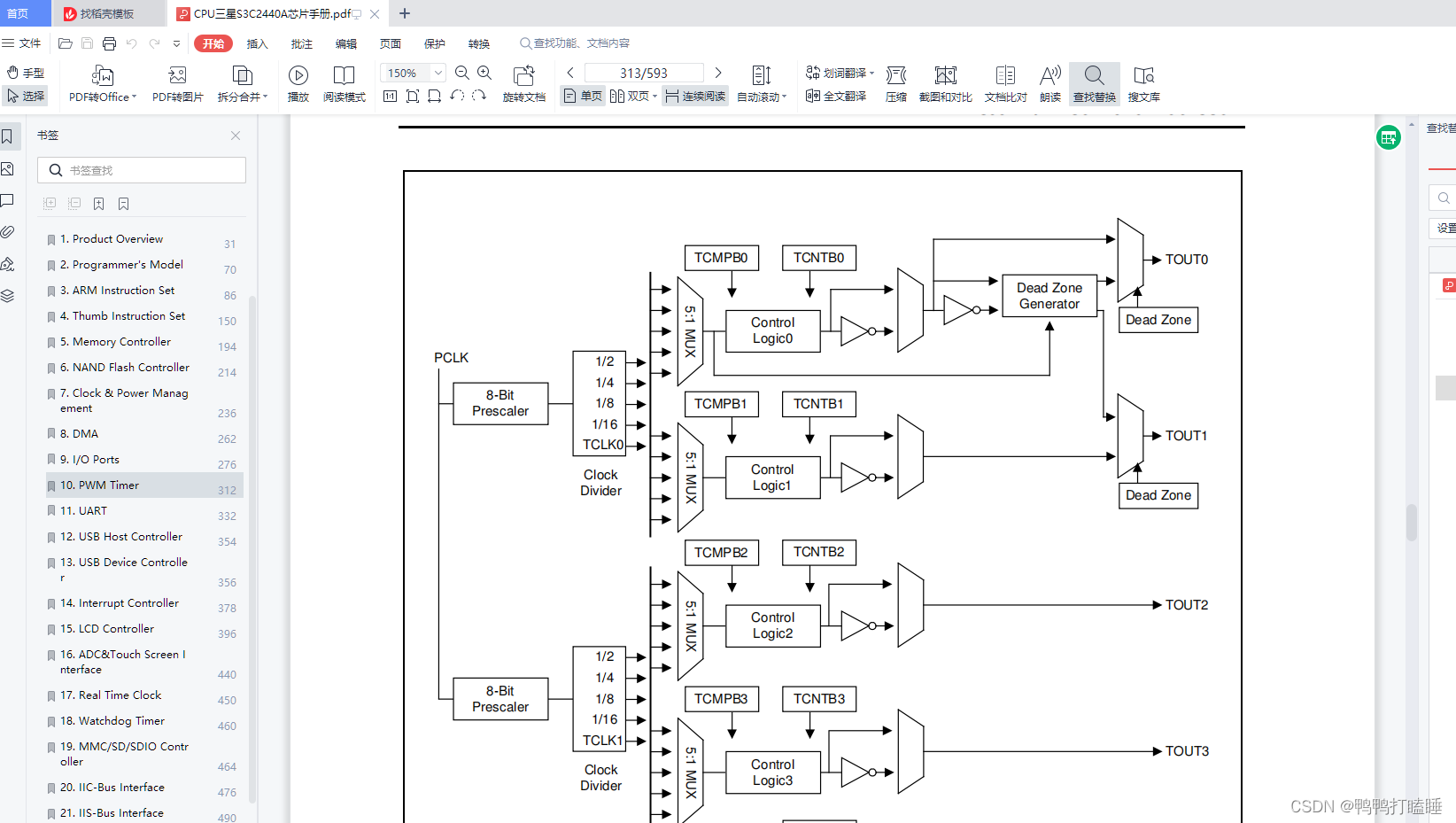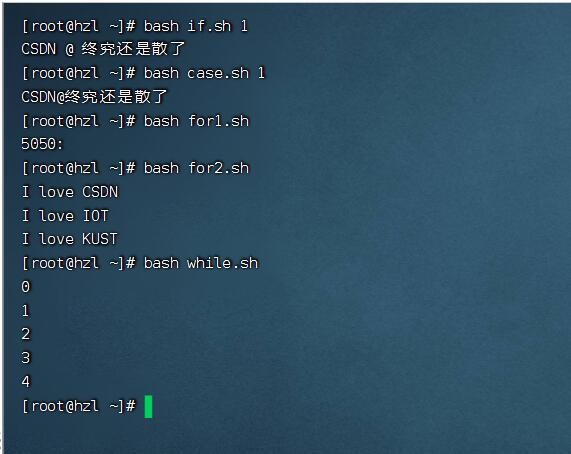目录
- 一、string类
- 二、string类的常用接口
- 1.string类对象的常见构造
- 2.string类对象的容量操作
- 3.string类对象的访问及遍历操作
- 4.string类对象的修改操作
- 5.string类非成员函数
- 6.vs和g++下string结构的说明
一、string类
STL的六大组件: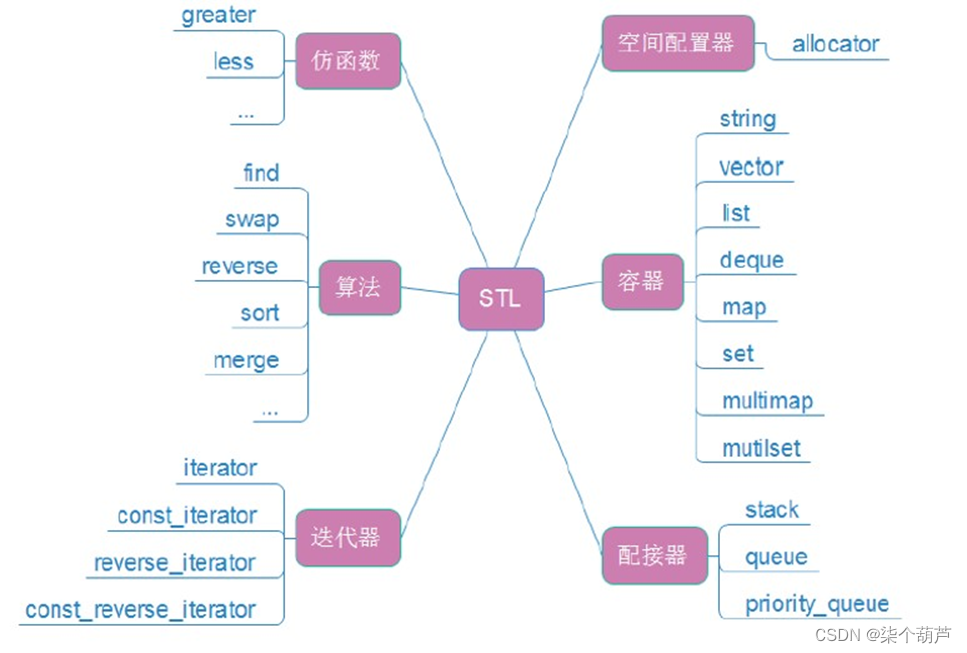
- 字符串是表示字符序列的类
- 标准的字符串类提供了对此类对象的支持,其接口类似于标准字符容器的接口,但添加了专门用于操作单字节字符字符串的设计特性。
- string类是使用char(即作为它的字符类型,使用它的默认char_traits和分配器类型)。
- string类是basic_string模版类的一个实例,它使用char来实例化basic_string模版类,并用char_traits和allocator作为basic_string的默认参数。
- 注意,这个类独立于所以使用的编码来处理字节:如果用来处理多字节或变长字节(如UTF-8)的序列,这个类的所以成员(如长度或大小)以及它的迭代器,将仍然按照字节(而不是实际编码的字符)来操作。
总结:
- string是表示字符串的字符串类
- 该类的接口与常规容器的接口基本相同,再添加了一些专门用来操作string的常规操作。
- string在底层实际是:basic_string模版类的别名,typedef basic_string<char, char_traits, allocator> string;
- 不能操作多字节或者变长字符的序列。
- 在使用string类时,必须包含#Include头文件以及using namespace std;
二、string类的常用接口
1.string类对象的常见构造
| 函数名称 | 功能说明 |
|---|---|
| string() | 构造空的string类对象,即空字符串 |
| string(const char* s) | 用C-string来构造string类对象 |
| string(size_t n, char c) | string类对象中包含n个字符c |
| string(cosnt string& s) | 拷贝构造函数 |

实例:
int main()
{
string s1;
string s2("hello world");
string s3 = "hello world";
for (size_t i = 0; i < s2.size(); i++)
{
s2[i]++;
}
cout << s2 << endl;//结果:ifmmp!xpsme
for (size_t i = 0; i < s2.size(); i++)
{
cout << s3[i] << " "; //结果:h e l l o w o r l d
}
cout << endl;
string s4(s3, 6, 3); //第6个字符开始,取3个字符
cout << s4 << endl; //结果:wor
string s5(s3, 6, 13);//有多少取多少
cout << s5 << endl;//结果:world
string s6(s3, 6);
cout << s6 << endl;//结果:world
string s7("hello world", 5);
cout << s7 << endl;//结果:hello
string s8(10, '*');
cout << s8 << endl;//结果:**********
system("pause");
return 0;
}
2.string类对象的容量操作
| 函数名称 | 功能说明 |
|---|---|
| size() | 返回字符串有效长度 |
| length | 返回字符串有效长度 |
| capacity | 返回空间总大小 |
| empty | 检测字符串释放为空串,是返回true,否则返回false |
| clear | 清空有效字符 |
| reserve | 为字符串预留空间 |
| resize | 将有效字符的个数改成n个,多出的空间用字符c填充 |
测试string容量相关的接口
size / clear / resize
int main()
{
// 注意:string类对象支持直接用cin和cout进行输入和输出
string s1("hello world");
cout << s1.size() << endl;//结果:11
cout << s1.length() << endl;//结果:11
cout << s1.max_size() << endl;//结果:2147483647
cout << s1.capacity() << endl;//结果:15
// 将s1中的字符串清空,注意清空时只是将size清0,不改变底层空间的大小
s1.clear();
cout << s1.size() << endl;//结果:0
cout << s1.capacity() << endl;//结果:15
// 将s中有效字符个数增加到10个,多出位置用'a'进行填充
s1.resize(10, 'a');
cout << s1.size() << endl;//结果:10
cout << s1.capacity() << endl;//结果:15
// 将s中有效字符个数增加到15个,多出位置用缺省值'\0'进行填充
//"aaaaaaaaaa\0\0\0\0\0"
//此时s1中有效字符个数已经增加到15个
s1.resize(15);
cout << s1.size() << endl;//结果:15
cout << s1.capacity() << endl;//结果:15
// 将s中有效字符个数缩小到5个
s1.resize(5);
cout << s1.size() << endl;//结果:5
cout << s1.capacity() << endl;//结果:15
system("pause");
return 0;
}
测试reserve / resize
int main()
{
// 测试reserve是否会改变string中有效元素个数
string s1("hello world");
s1.reserve(100); //扩容
cout << s1.size() << endl;//结果:11
cout << s1.capacity() << endl;//结果:111
// 测试reserve参数小于string的底层空间大小时,是否会将空间缩小
s1.reserve(50);
cout << s1.size() << endl; //结果:11
cout << s1.capacity() << endl;//结果:111
// 测试resize是否会改变string中有效元素个数
string s2("hello world");
s2.resize(100);//扩容+初始化:s2.resize(100, 'x');
cout << s2.size() << endl;//结果:100
cout << s2.capacity() << endl;//结果:111
system("pause");
return 0;
}
观察扩容情况,如下:
int main()
{
string s1;
cout << sizeof(s1) << endl;//结果:28
size_t sz = s1.capacity();
cout << "making s grow:\n";
cout << "capacity changed: " << sz << '\n'; //结果:capacity changed : 15
for (int i = 0; i < 100; i++)
{
s1.push_back('c');
if (sz != s1.capacity())
{
sz = s1.capacity();
cout << "capacity changed: " << sz << '\n'; //结果:capacity changed : 31
// capacity changed : 47
// capacity changed : 70
// capacity changed : 105
}
}
system("pause");
return 0;
}
可以利用reserve提高插入数据的效率,避免增容带来的开销
构建vector时,如果提前已经知道string中大概要放多少个元素,可以提前将string中空间设置好,代码如下:
int main()
{
string s;
s.reserve(100);
size_t sz = s.capacity();
cout << "making s grow:\n";
cout << "capacity changed: " << sz << '\n';
for (int i = 0; i < 100; ++i)
{
s.push_back('c');
if (sz != s.capacity())
{
sz = s.capacity();
cout << "capacity changed: " << sz << '\n';
}
}
system("pause");
return 0;
}
运行结果:

注意:
- size()与length()方法底层实现原理完全相同,引入size()的原因是为了与其他容器的接口保持一致,一般情况下基本都是使用size()。
- clear()只是将string中有效字符清空,不改变底层空间大小。
- resize(size_t n)与resize(size_t n,char c)都是将字符串中有效字符个数改变到n个,不同的是当字符个数增多时:resize(n)用0来填充多出的元素空间,resize(size_t n,char c)用字符c来填充多出的元素空间。注意:resize在改变元素个数时,如果是将元素个数增多,可能会改变底层容量的大小,如果是将元素个数减少,底层空间总大小不变。
- reserve(size_t res_arg=0):为string预留空间,不改变有效元素个数,当reserve的参数小于string的底层空间总大小时,reserve不会改变容量大小。
3.string类对象的访问及遍历操作
| 函数名称 | 功能说明 |
|---|---|
| operator[] | 返回pos位置的字符,const string类对象调用 |
| begin+end | begin获取第一个字符的迭代器+end获取最后一个字符下一个位置的迭代器 |
| rbegin + rend | rbegin获取最后一个字符的迭代器 + end获取第一个字符上一个位置的迭代器 |
string的遍历,代码如下:
int main()
{
string s1("hello world");
const string s2("Hello World");
cout << s1 << " " << s2 << endl;//结果:hello world Hello World
cout << s1[0] << " " << s2[0] << endl;//结果:h H
s1[0] = 'H';
cout << s1 << endl;//结果:Hello world
// s2[0] = 'h'; //代码编译失败,因为const类型对象不能修改
system("pause");
return 0;
}
三种遍历方式,代码如下:
int main()
{
string s1("hello world");
// 1. for+operator[]
for (size_t i = 0; i < s1.size(); i++)
{
cout << s1[i]; //结果:hello world
}
cout << endl;
// 2. 迭代器
string::iterator it = s1.begin();
while (it != s1.end())
{
cout << *it; //结果:hello world
it++;
}
cout << endl;
// 3.范围for
for (auto ch : s1)
{
cout << ch;
}
cout << endl;//结果:hello world
system("pause");
return 0;
}
反向迭代器,代码如下:
int main()
{
string s1("hello world");
string::reverse_iterator it = s1.rbegin();
while (it != s1.rend())
{
cout << *it; //结果:dlrow olleh
it++;
}
cout << endl;
system("pause");
return 0;
}
4.string类对象的修改操作
| 函数名称 | 功能说明 |
|---|---|
| push_back | 在字符串后尾插入字符c |
| append | 在字符串后追加一个字符串 |
| operator+= | 在字符串后追加字符串str |
| c_str | 返回C格式字符串 |
| find+npos | 从字符串pos位置开始往后找字符c,返回该字符在字符串中的位置 |
| rfind | 从字符串pos位置开始往前找字符c,返回该字符在字符串中的位置 |
| substr | 在str中从pos位置开始,截取n个字符,然后将其返回 |
测试插入(拼接)方式:push_back append operator+=,代码如下:
int main()
{
string s1("hello world");
s1.push_back(' ');//在s1后插入空格
s1.append("hello"); //在str后追加一个字符"hello"
s1 += 'w'; //在str后追加一个字符'b'
s1 += "orld"; //在str后追加一个字符串"it"
cout << s1 << endl;//结果:hello world helloworld
cout << s1.c_str() << endl;//结果:hello world helloworld
system("pause");
return 0;
}
测试正向和反向查找:find() + rfind(),代码如下:
int main()
{
// 用find获取file1的后缀
string file1("string.cpp");
size_t pos1 = file1.find('.');
if (pos1 != string::npos)// npos是string里面的一个静态成员变量
// static const size_t npos = -1;
{
string suffix1 = file1.substr(pos1, file1.size() - pos1);
// 等价于 string suffix = file1.substr(pos1);
cout << suffix1 << endl;//结果:.cpp
}
// 用rfind获取file2的最后一个后缀
string file2("sting.cpp.tar.zip");
size_t pos2 = file2.rfind('.');
if (pos2 != string::npos)
{
string suffix2 = file2.substr(pos2);
cout << suffix2 << endl;//结果:.zip
}
// 取出url中的域名
string url("http://www.cplusplus.com/reference/string/string/find/");
cout << url << endl;//结果:http://www.cplusplus.com/reference/string/string/find/
size_t start = url.find("://");
if (start == string::npos)
{
cout << "invalid url" << endl;
return 0;
}
start += 3;
size_t finish = url.find('/', start);
string address = url.substr(start, finish - start);
cout << address << endl;//结果:www.cplusplus.com
// 删除url的协议前缀
size_t pos = url.find("://");
url.erase(0, pos + 3);
cout << url << endl;//结果:www.cplusplus.com/reference/string/string/find/
system("pause");
return 0;
}
实例,把空格转换成%20,代码如下:
int main()
{
string s1("hello world i love you");
size_t num = 0;
for (auto ch : s1)
{
if (ch == ' ')
num++;
}
//提前开空间,避免replace时扩容
s1.reserve(s1.size() + 2 * num);
size_t pos = s1.find(' ');
while (pos != string::npos)
{
s1.replace(pos, 1, "%20");
pos = s1.find(' ');//等价于pos=s1.find(' ',pos+3); 提高效率
}
cout << s1 << endl;//结果:hello%20world%20i%20love%20you
system("pause");
return 0;
}
优化,代码如下:
int main()
{
string s1("hello world i love you");
string newstr;
for (auto ch : s1)
{
if (ch != ' ')
newstr += ch;
else
newstr += "%20";
}
s1 = newstr;//修改原字符串
cout << s1 << endl;//结果:hello%20world%20i%20love%20you
system("pause");
return 0;
}
注意:
- 在string尾部追加字符时,s.push_back© / s.append(1,c) / s+=‘c’ 三种的实现方式差不多,一般情况下string类的+=操作用的比较多,+=操作不仅可以连接单个字符,还可以连接字符串。
- 对string操作时,如果能够大概预估到放多少字符,可以先通过reserve把空间预留好。
5.string类非成员函数
| 函数名称 | 功能说明 |
|---|---|
| operator+ | 尽量少用,因为传值返回,导致深拷贝效率低 |
| operator>> | 输入运算符重载 |
| operator<< | 输出运算符重载 |
| getling | 获取一行字符串 |
| relational operator | 大小比较 |
6.vs和g++下string结构的说明
注意:下述结构是在32位平台下进行验证,32位平台下指针占4个字节。
- vs下string的结构
string总共占28个字节,内部结构稍微复杂一点,先是有一个联合体,联合体用来定义string中字符串的存储空间:
1、当字符串长度小于16时,使用内部固定的字符数组来存放
2、当字符串长度等于16时,从对上开辟空间
union _Bxty
{
value_type _Buf[_BUF_SIZE];
pointer _Ptr;
char _Alias[_BUF_SIZE];
} _Bx;
这种设计也有一定道理的,大多数情况下字符串的长度都小于16,那string对象创建好之后,内部已经有了16个字符数组的固定空间,不需要通过堆创建,效率高。
其次:还有一个size_t字段保存字符串长度,应该size_t字段保存从堆上开辟空间总的容量
最后:还有一个指针做一些其他事情
所以共占用16+4+4+4=28个字节

- g++下string的结构
g++下,string是通过写时拷贝实现的,string对象总共占4个字节,内部只包含了一个指针,该指针将来指向一块堆空间,内部包含了如下字段:
1、空间总大小
2、字符串有效长度
3、引用计数
struct _Rep_base
{
size_type _M_length;
size_type _M_capacity;
_Atomic_word _M_refcount;
};
4、指向堆空间的指针,用来存储字符串。
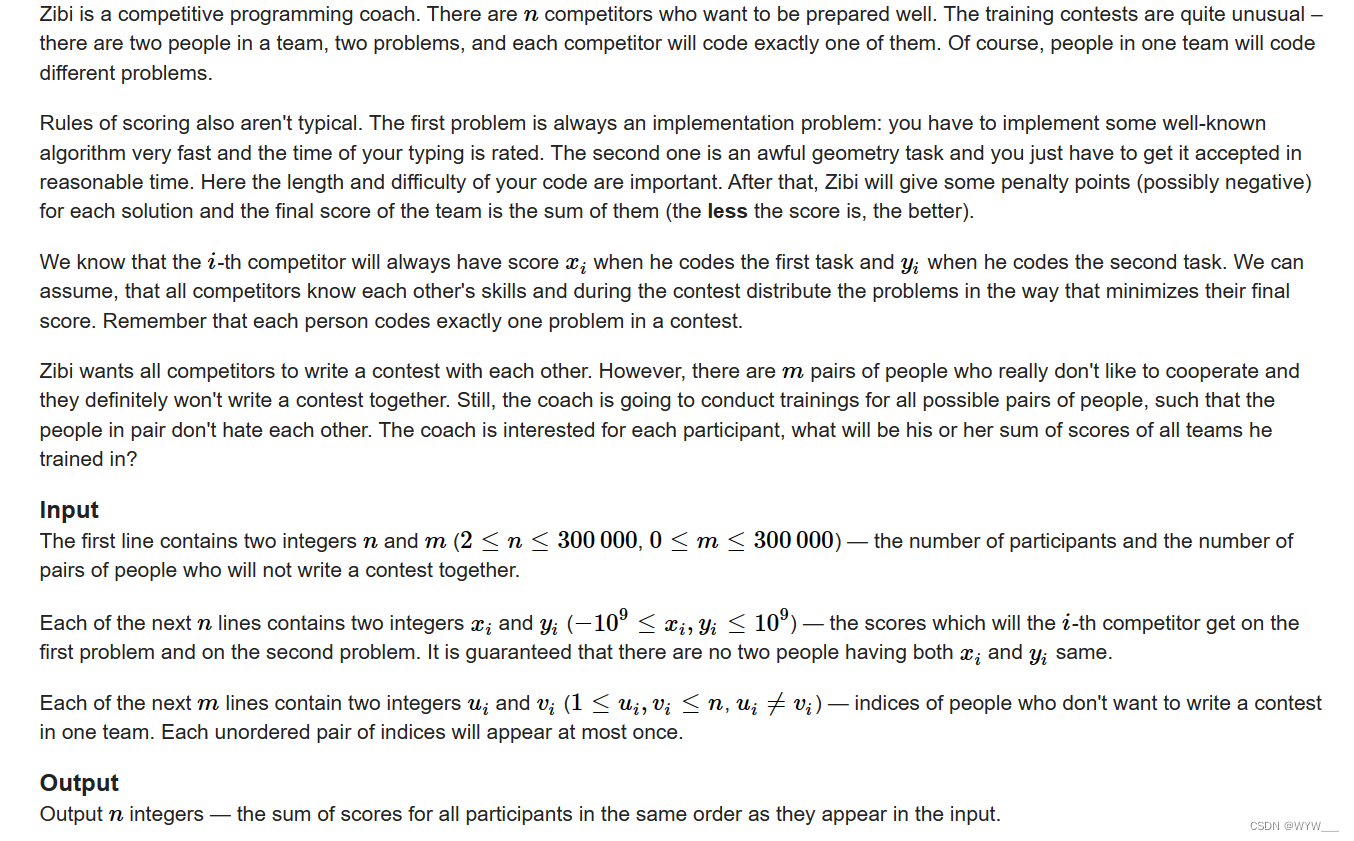

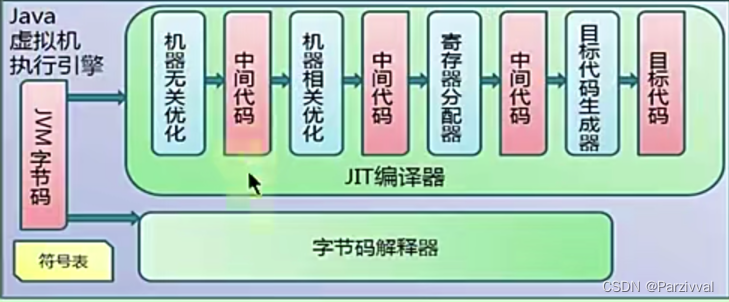

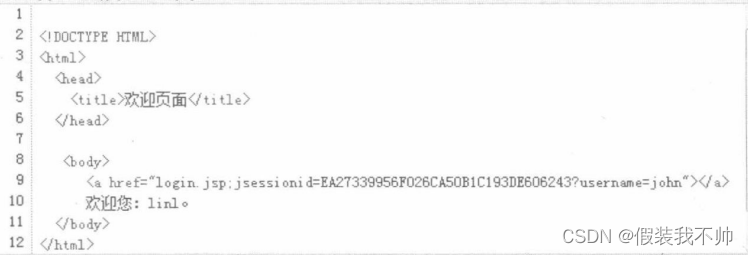
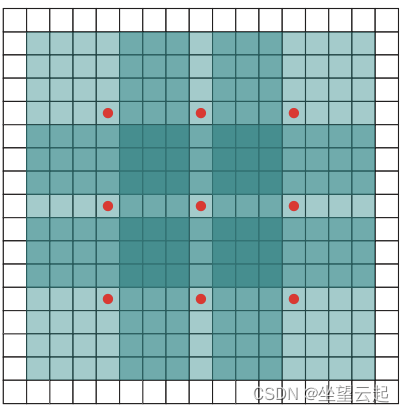
![[oeasy]python0145_版本控制_git_备份还原](https://img-blog.csdnimg.cn/img_convert/af1665be24a9537f9a9bec1c4b2da1d8.png)
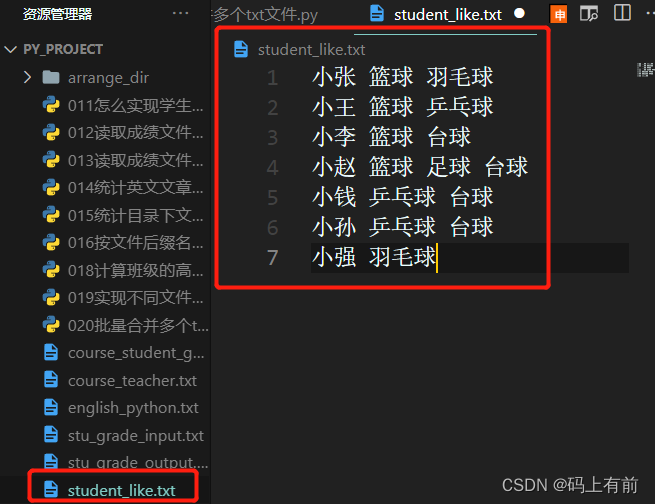

![[计算机图形学]相机与透镜(前瞻预习/复习回顾)](https://img-blog.csdnimg.cn/55ce0064aa1b4ac2ac9166dca4d818c1.png)

